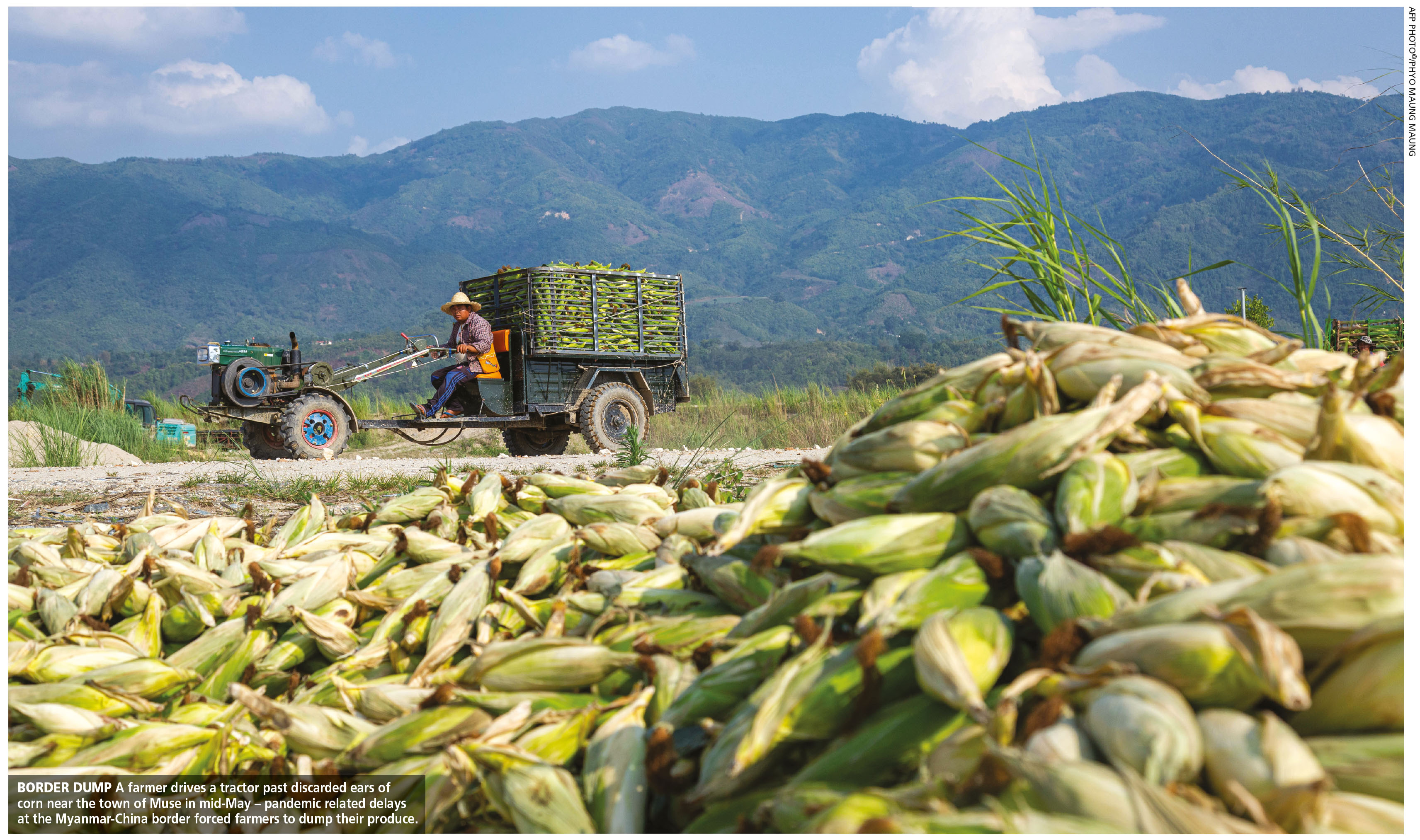FOOD SECURITY
NUTRITION IN THE COVID-19 ERA
Zulfath Saheed examines the conundrum of food security amid the coronavirus outbreak
When islandwide curfews came into effect in Sri Lanka earlier this year amid concerns over the coronavirus outbreak, perhaps the main thought to cross people’s minds would have been how they could purchase food to feed their families when citizens’ movements were restricted to their households.
Retail chains looked to fill the gaps by ramping up online sales but by and large found themselves unable to meet the massive demand for key items – and it took weeks for such retailers to sort out their teething issues in a milieu where doorstep delivery became a must.
The importance of a steady and continuous supply of food was highlighted during these times, and while the government implemented measures to ensure that people would not go hungry and the private sector also stepped in to widen their reach, COVID-19 has shone a spotlight on the issue of food security – both in Sri Lanka and across the world.
PANDEMIC IMPACT In April, the UN World Food Programme (WFP) warned that the coronavirus outbreak could almost double the number of people suffering from acute hunger, pushing this figure to more than a quarter of a billion by the end of this year.
It projects that the number of people facing acute food insecurity may rise to 265 million this year – up by a whopping 130 million from the 135 million in 2019 – as a result of the economic impact of COVID-19.
In this context, WFP notes that “it is vital that food assistance programme[s] be maintained.”
And according to WFP’s Chief Economist Arif Husain, “COVID-19 is potentially catastrophic for millions who are already hanging by a thread. It is a hammer blow for millions more who can only eat if they earn a wage.”
He continues: “Lockdowns and global economic recession have already decimated their nest eggs. It only takes one more shock – like COVID-19 – to push them over the edge. We must collectively act now to mitigate the impact of this global catastrophe.”
GLOBAL EFFORT In the light of a potential rise in food insecurity due to the pandemic, several nations and entities are implementing accelerated measures to ensure that agriculture is run as an essential endeavour, markets have access to a reasonably priced and nutritious supply of food, and consumers are able to purchase food even amid restrictions on movements and income losses.
Nevertheless, there are concerns that a shortage of labour during COVID-19 would in turn impact manufacturers, traders and logistics companies operating as part of food supply chains.
The World Bank for instance, points out that “ensuring farmers have access to inputs and labour for the next planting season is another common area of concern across countries.”
A loss of income and remittances could also curtail people’s ability to purchase food and thereby compensate farmers for their production. In addition, food manufacturers encounter substantial losses when it comes to perishable and nutritious items, as buyers become scarce and traders no longer engage with farmers.
WORLD HOTSPOTS The World Bank identifies the global food security hotspots to include “fragile and conflict affected states where logistics and distribution are difficult, even without morbidity and social distancing,” as well as “countries affected by multiple crises resulting from more frequent extreme weather events and pests such as the current locusts plague.”
Moreover, it points to the poor and vulnerable “including the more than 820 million people who were already chronically food insecure before the COVID-19 crisis impacted movement and incomes,” and countries with significant currency depreciation, which drives up the cost of food imports, and those witnessing other commodity prices collapse, reducing their capacity to import food.
HOME GARDENING Sri Lankans under lockdown also turned their attention to grow their own vegetables and fruits by jumping on the home gardening bandwagon. In the past, the government too has encouraged such efforts, having launched a programme to support one million home gardens whereby it issued seed packs and provided technical advice.
But such efforts are not without their drawbacks.
Whereas farmers in countries such as India and Pakistan are dealing with one of the worst locust outbreaks in decades, the threat of a ‘yellow spotted grasshopper’ has affected farming in Sri Lanka with the Department of Agriculture also stepping in to stem the spread.
Meanwhile, experts warn that there is a greater likelihood of local grasshoppers attacking home gardens and smaller fields compared to larger cultivable lands.
Of course, Sri Lanka would do well to keep a close watch of the locust situation happening right across its seas as the nation looks to reopen its economy in what is being termed a post-COVID era.








Leave a comment